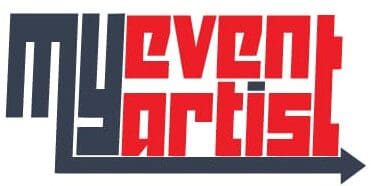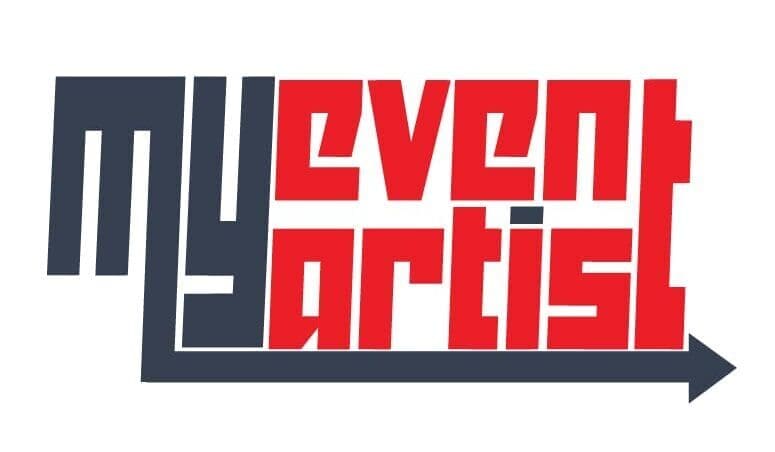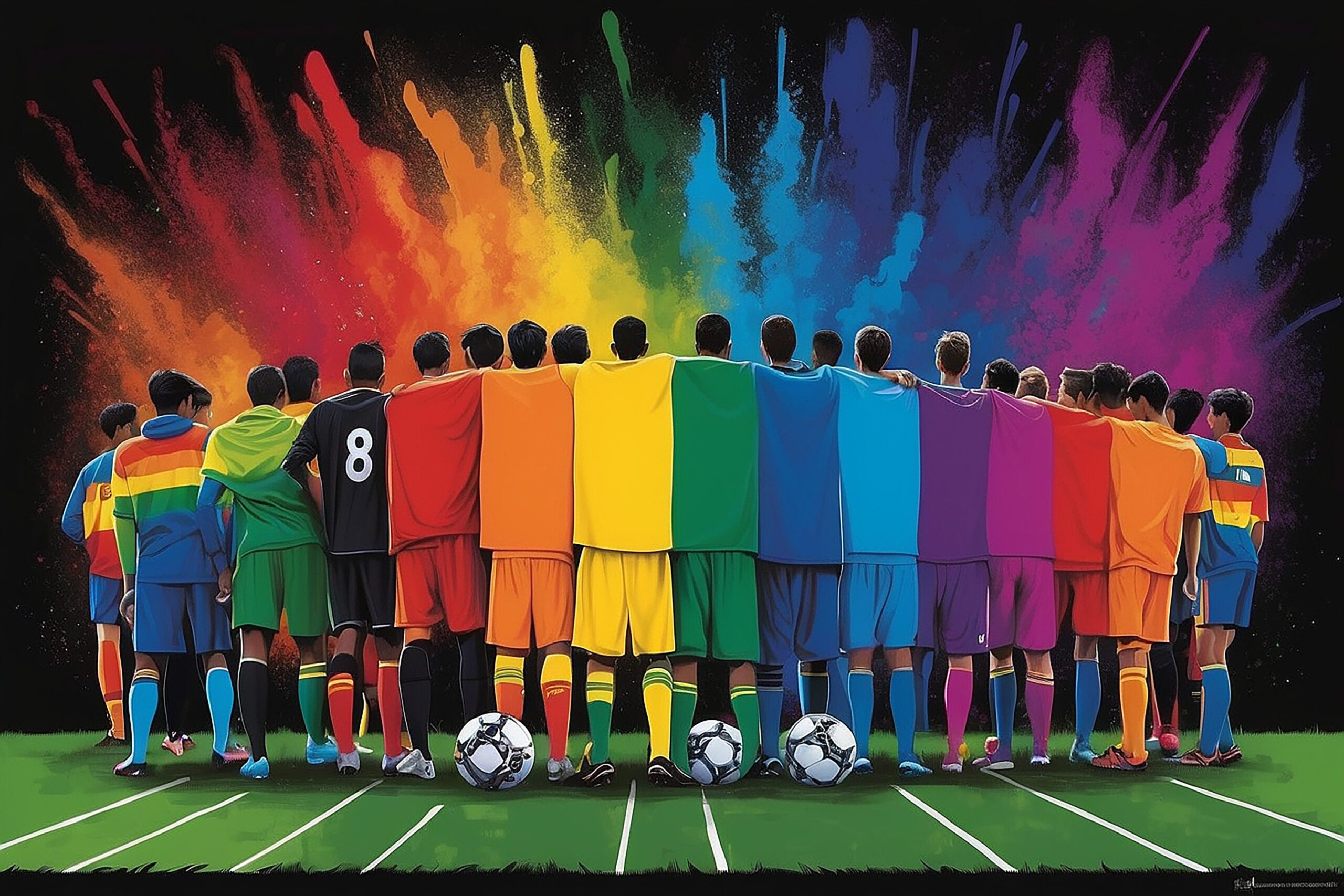Approaches to Creating Logos that Celebrate Diversity and Inclusion in Athletics
In today’s rapidly evolving sports culture, fostering inclusivity and celebrating diversity isn’t just a nice to have—it’s a necessity. An inclusive sports event logo does more than advertise a game; it sends a powerful message of welcome, unity, and pride to every participant and fan. But how can designers create compelling logos that truly reflect the diverse spirit of athletics? Let’s explore the essential strategies and best practices for designing logos that champion representation in sports.
1. Start with Inclusive Research
Understanding the full spectrum of your audience
Effective inclusive logo design begins long before pen meets paper. Research your event’s participants, communities, and stakeholders. Learn what diversity means in your specific context: Is it about ethnicity, gender, ability, age, LGBTQ+ representation, or all of these? Getting community input ensures the final design resonates authentically and avoids unintentional stereotypes.
2. Utilize Symbolism that Unites Rather Than Divides
Choosing universal motifs and subtle references
Select imagery, icons, and motifs that bridge differences and emphasize unity. Consider elements like interlocking shapes, joined hands, or abstract figures in motion that nod to collaboration and shared purpose. Avoid clichés or symbols that may only represent one group—focus instead on designs that feel open and inviting to all.
3. Embrace a Diverse Color Palette
Letting colors tell a story of inclusion
Color is a powerful language for representation. While the classic rainbow is an obvious nod to diversity and LGBTQ+ inclusion, you can also use multiple hues that draw from different flags, cultures, or local identities. The key is balance: Aim for vibrancy while maintaining harmony, ensuring your palette is accessible for those with color vision differences.
4. Consider Typography that Includes
Font choices that speak to everyone
Typography plays a critical role in building a sense of belonging. Use clear, legible fonts—not just for accessibility, but to ensure the event feels open to everyone. Consider how your typeface, letter spacing, and all-caps or sentence case choices affect readability for audiences of all ages and backgrounds.
5. Represent Movement and Growth
Capturing the energy of progress and inclusion
Dynamic lines, gradients, and subtle motion effects can visually represent the ongoing journey toward greater inclusion in sports. Fluid shapes and expanding forms in your logo can evoke openness, progress, and a celebration of everyone’s place in the game.
6. Test for Accessibility and Cultural Sensitivity
Making sure everyone can see themselves in your design
Run your logo through accessibility checks: Does it provide strong contrast? Is it recognizable at all sizes? Does it avoid problematic connotations in different cultures and languages? Feedback from diverse focus groups can reveal blind spots and help refine the design for maximum resonance.
7. Share the Story Behind the Logo
Transparency adds meaning and trust
When you unveil your inclusive logo, share the thought process and symbolism. This transparency invites your community to take ownership and pride in the design, deepening the sense of connection and belonging.
Conclusion: Design as an Agent of Change
An inclusive sports event logo goes beyond surface-level gestures—it becomes a beacon of unity, acceptance, and celebration. By embracing diverse research, symbolism, color, and accessibility, you can create a visual identity that brings together athletes and fans from every background.
Ready to create a logo that stands for more?
Browse customizable event logo designs created with diversity in mind at https://myeventartist.com/shop/.
Keywords: inclusion, diversity, sports branding, accessible design, logo symbolism, event marketing



Leave a Reply